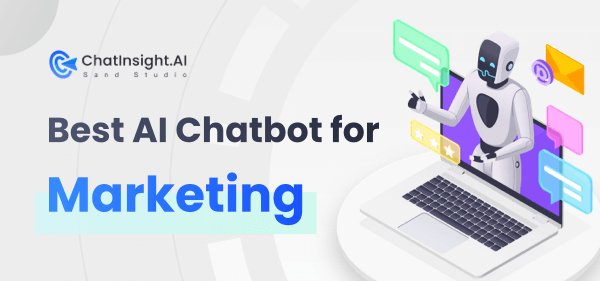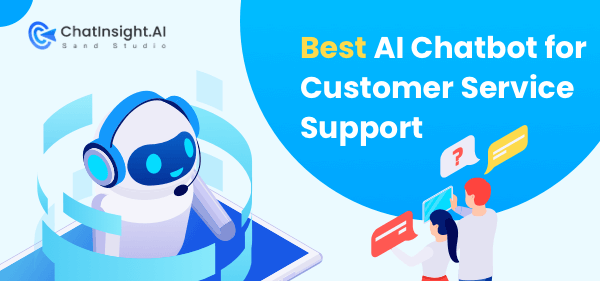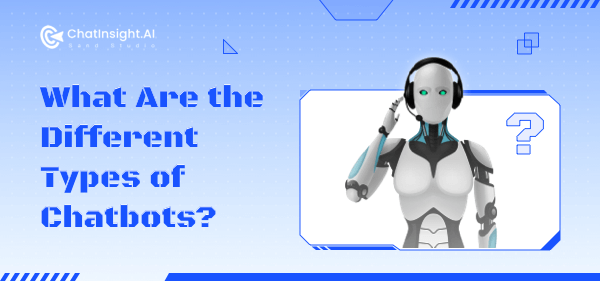Conversational AI vs. Generative AI: What is the Difference
The paradigm of business, customer relationship management, and data management have all been changed by Artificial Intelligence (AI). The choice of software to use for a conversation is also referred to as conversational AI vs generative AI. This single distinction affects the way clients will engage and how efficient the entire operation will be.
1What Is Conversational AI?
Conversational AI refers to machines that can interact with humans in a natural and intuitive manner. Underlying conversational AI are advanced technologies such as natural language processing (NLP), machine learning (ML), and context-aware computing. Such advanced technologies enable not only the underlying technology but also what they mean by their exact words or even slight implications behind them behind them behind them understand what people say. Doing so involves intricate algorithms that judge input (chat messages or voice commands), perceive context, then give logical replies.
This kind of AI is highly useful in supporting AI Chatbots and virtual assistants which are growing increasingly popular in diverse customer service settings. With conversation patterns similar to humans’, this makes it easy for users to follow conversations. For instance, it can address more than one issue spanning from responding to frequently asked questions (FAQs) up to making personal recommendations or helping out with something specific.
As chatbots and virtual assistants are made up of ML models, they learn from every interaction, thus being more accurate over time. In this regard, Conversational AI offers a dynamic user experience that only involves complex digital interactions resembling human beings thereby distinguishing itself from other competing technologies.
2What is Generative AI
Generative AI is one of the branches of AI that evolve and introduce new things. In this way, texts, photos, music can be created with even complex design patterns among others. Generative AI used to describe it like the outputs made by humans; fresh works which are complex in nature and have high levels of novelty as well as creativity. This possibility has been achieved via complicated machine learning architectures like GANs (generative adversarial networks) and transformer-based models.
These state-of-the-art models were trained on vast amounts of data from various existing sources. While being trained, they learned to recognize and reproduce complex styles or patterns in the data. However, their most remarkable feat is not repeating but coming up with entirely new pieces which could pass as work done by human beings.
For instance, generative AI’s creative aspect can be employed in digital art production or music making or even technical fields such as architectural design or scientific simulations. Hence, generative AI is a flexible technology that has artistic implications and thus becomes important within this quickly changing domain of artificial intelligence leading to emerging possibilities within both artistic and scientific domains.
3Differences Between Conversational AI and Generative AI
Here's a comparison table that encapsulates the differences between Generative AI and Conversational AI Chatbots:
| Feature | Generative AI Chatbots | Conversational AI Chatbots |
|---|---|---|
| Core Technology | Based on models like GPT; can generate new content. | Use NLP, NLU, and NLG to understand and respond to user inputs in a human-like manner. |
| Functionality | Capable of producing a wide range of text-based content not explicitly programmed. | Designed for simulating human-like conversations and interactions. |
| Applications and Use Cases | Content creation (articles, stories, code), versatile chat responses. | Customer service, support systems, personal assistants, focused on specific queries and workflows. |
| Training and Data Handling | Requires vast amounts of diverse data for effective training. | Requires thorough but more focused domain-specific training data. |
| Personalization and Adaptability | Highly adaptable, can personalize responses based on user inputs and improve over time. | Can offer personalization based on user data, but adaptability is limited to programmed scenarios. |
| Complexity and Implementation | Complex to implement and requires significant computational resources. Maintenance is ongoing. | Generally easier to implement with many tools available; less resource-intensive. |
The comparison between Generative AI and Conversational AI Chatbots centers on their capabilities, functionalities, underlying technologies, and applications. Both types of AI play significant roles in various sectors, enhancing customer experience, streamlining operations, and offering personalized interactions. Here's a detailed comparison:
1. Core Technology & Functionality
Generative AI Chatbots are built on advanced machine learning models that can generate new content based on the data they have been trained on. They utilize models like GPT (Generative Pretrained Transformer) to produce text that is coherent, contextually relevant, and can cover a wide range of topics. These chatbots can create responses, stories, articles, or any text-based content that hasn't been explicitly programmed into them.
Conversational AI Chatbots, on the other hand, are designed to simulate human-like conversations and interactions. They can understand natural language, process it, and respond in a way that mimics human conversation. These chatbots often use a combination of NLP (Natural Language Processing), NLU (Natural Language Understanding), and NLG (Natural Language Generation) to interpret user requests and provide appropriate responses.
2. Applications and Use Cases
Generative AI Chatbots are versatile and can be used for content creation, such as writing articles, generating creative stories, or creating code snippets. They're also used in chatbots that require the ability to generate informative and engaging responses on a wide range of topics.
Conversational AI Chatbots are primarily used in customer service, support systems, and personal assistants. They are adept at handling specific queries, guiding users through processes, or providing information based on a predefined knowledge base. Their focus is on enhancing user interaction and solving user queries efficiently.
3. Training and Data Handling
Generative AI Chatbots require vast amounts of data for training, as their effectiveness is directly proportional to the diversity and volume of the training data. They learn from the data to generate responses that are coherent and contextually relevant.
Conversational AI Chatbots may not require as much data for training compared to generative AI models. They often rely on intent recognition and predefined workflows to guide the conversation, which requires thorough but focused training data related to the specific domain they are designed for.
4. Personalization and Adaptability
Generative AI Chatbots have a high degree of adaptability and can personalize content generation based on user inputs. They are capable of learning from interactions to improve over time, offering more tailored and relevant responses.
Conversational AI Chatbots can offer personalization by leveraging user data and previous interactions to make conversations more relevant. However, their adaptability is somewhat limited to the scenarios they have been programmed to handle.
5. Complexity and Implementation
Generative AI Chatbots are complex to implement and require significant computational resources, especially for training and running large models. They represent the cutting edge of AI and require ongoing maintenance to stay effective and relevant.
Conversational AI Chatbots are generally easier to implement, with many platforms offering tools to build and deploy them without deep technical expertise. They are more focused and less resource-intensive compared to generative AI chatbots.
While Generative AI and Conversational AI Chatbots serve different purposes, they both represent significant advancements in AI technology. Generative AI chatbots excel in content creation and offering dynamic responses, while Conversational AI chatbots specialize in simulating human-like interactions focused on specific tasks or domains. The choice between them depends on the specific needs, such as whether the priority is on generating new content or providing efficient, human-like interactions.
4Future Trends and Developments of AI
Progress is soon expected to be made in the future of conversational AI, with a particular focus on improving language subtlety and depth. This will entail higher-level context recognition that would help chatbots and virtual assistants to understand human conversations more accurately. This would make interaction more spontaneous and efficient hence transforming artificial intelligence systems as customer service solutions. They will provide an immersive user experience as they are able to replicate a human conversation style better.
In Generative AI, which is a field of emerging trends, it is believed that the direction of content creation is changing towards better creativity and accuracy. The next advancements in this area may concern training AI models for generating output that not only matches given specifications but also adheres to certain artistic or factual criteria. Hence, there could be such a thing like having machines generating high quality creative outputs even without involving much human effort.
As such, conversational AI integrated with generative AI technology will mark the beginning of more advanced and multi-faceted applications of AI. Consequently, such cooperation might lead to systems which have abilities of creating responses or solutions for problems in an original way similar to humans who are creative or think critically rather than logically. Various sectors could get improved by applying this joint approach that cuts across customer care services; content development and decision-making processes where both technologies can be combined into one effective system.
Conclusion
Distinct functionalities and application areas exist between conversational AI vs generative AI. Understanding these distinct characteristics is important in harnessing the power of Artificial Intelligence effectively as both fields continue evolving with time hence shaping sectors innovatively in various ways.







Leave a Reply.